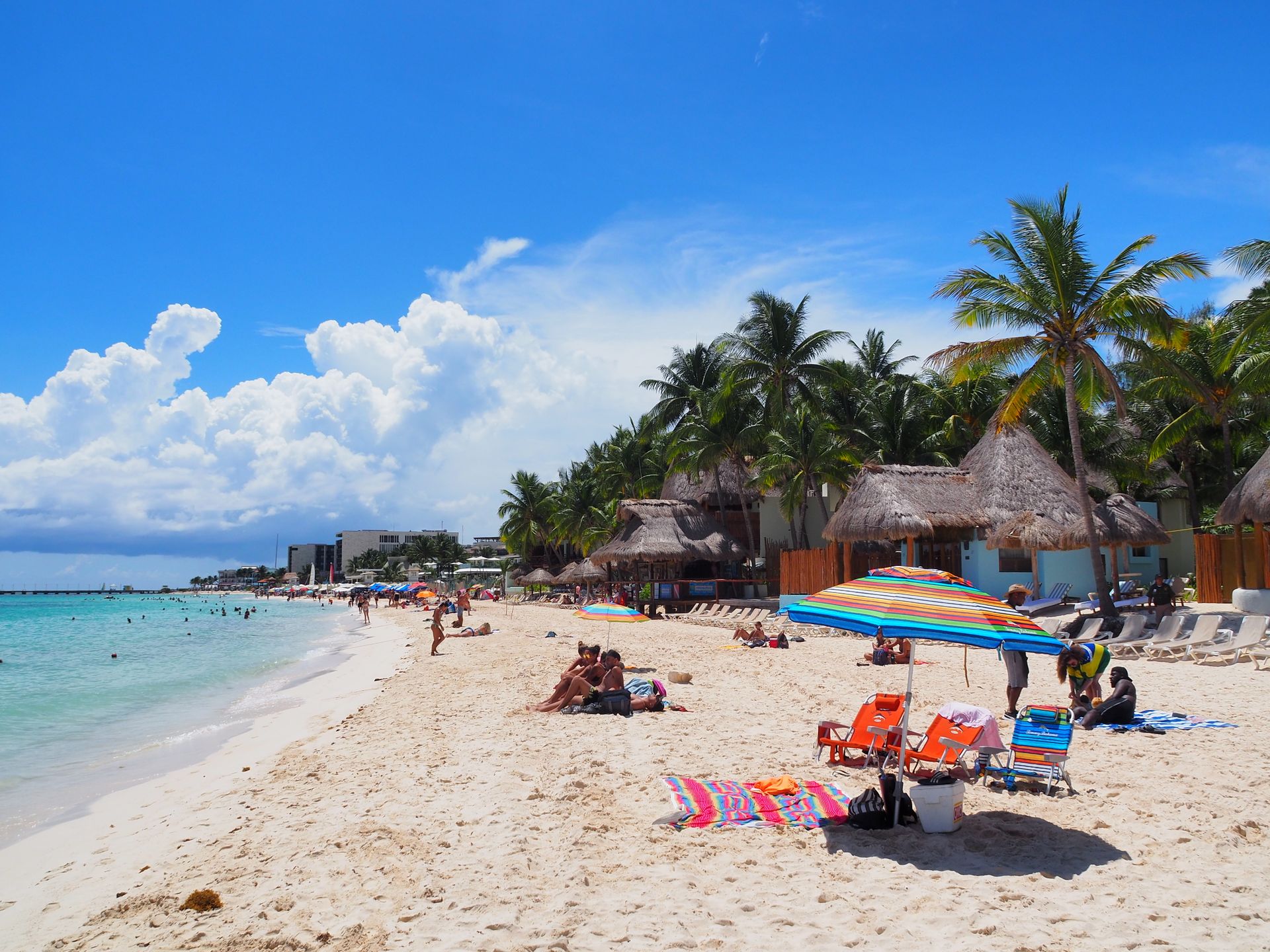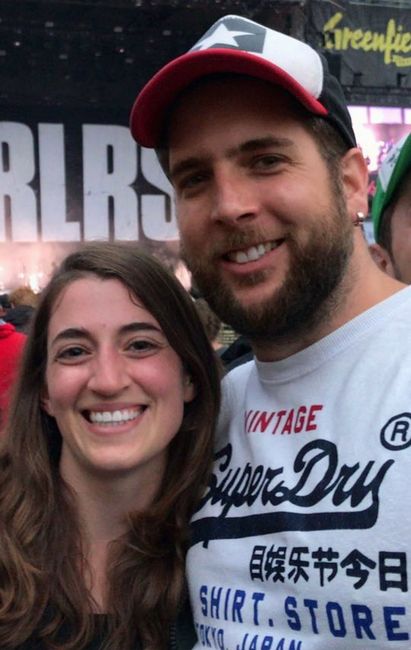
Auszeit - Reise Richtung Osten
vakantio.de/auszeit-reise-richtung-osten
Myanmar: Kawthaung - Myeik
ಪ್ರಕಟಿಸಲಾಗಿದೆ: 25.02.2019
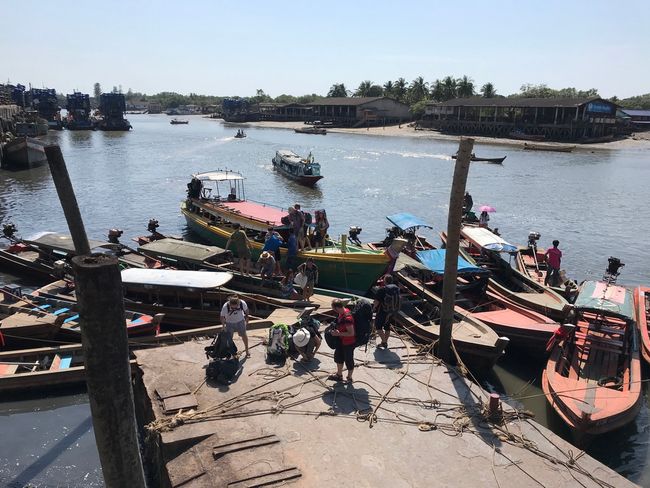
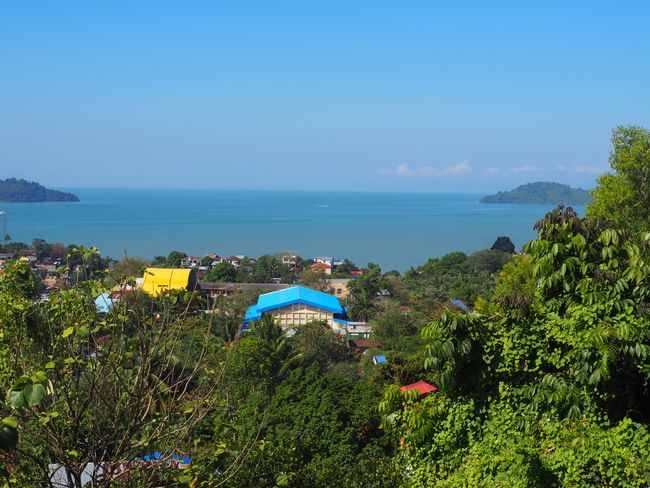
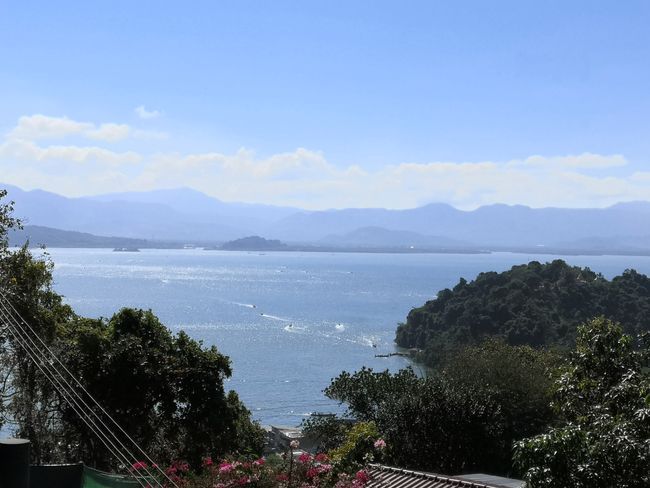
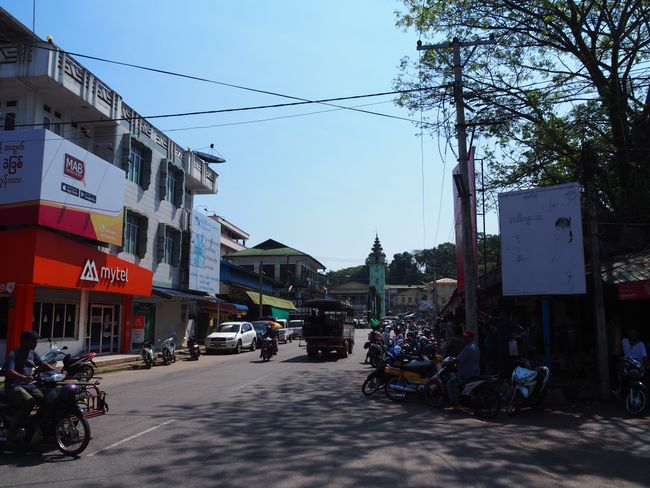
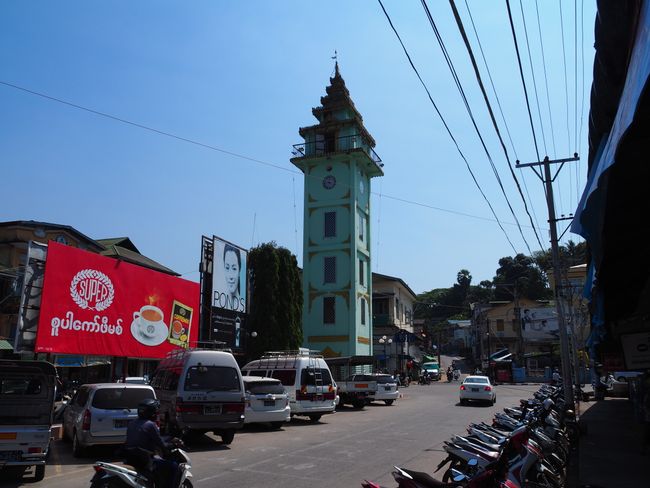
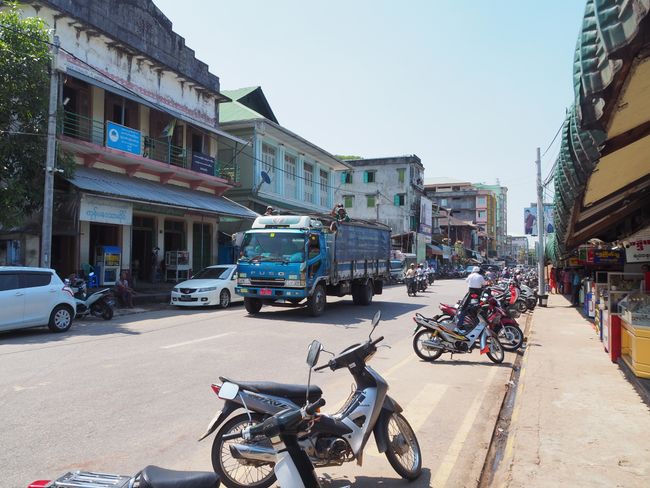
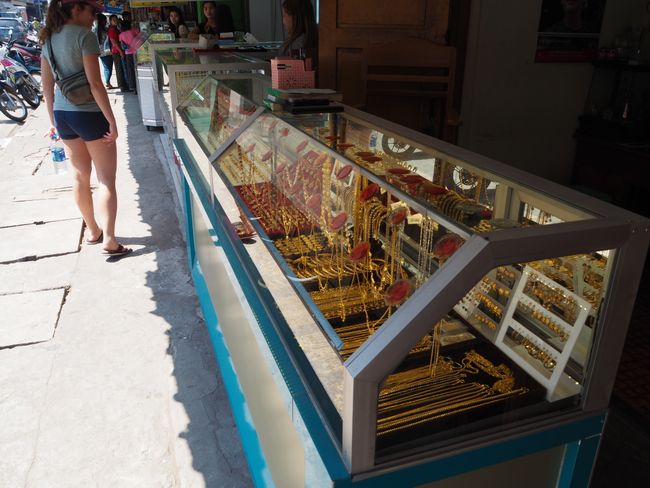
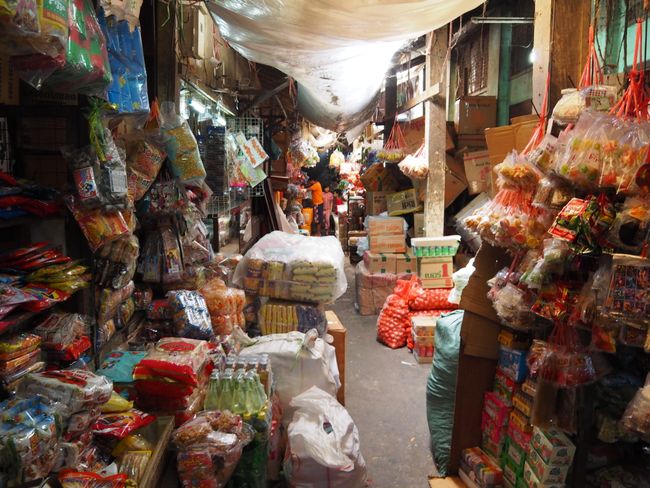
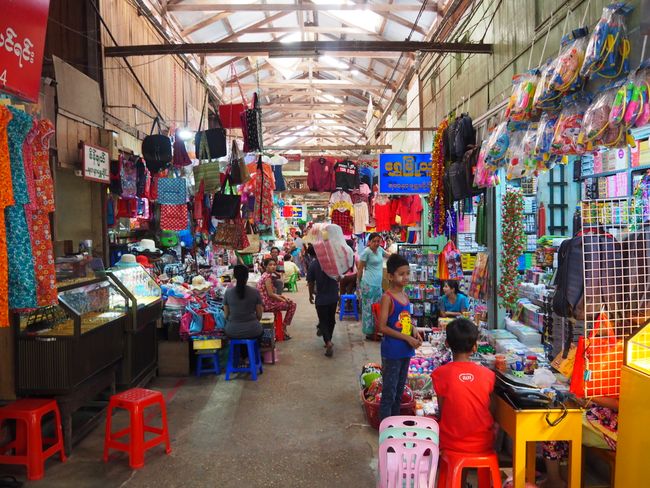
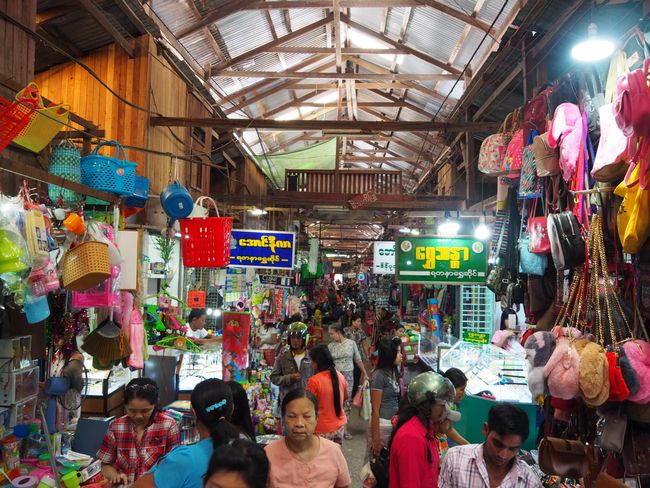
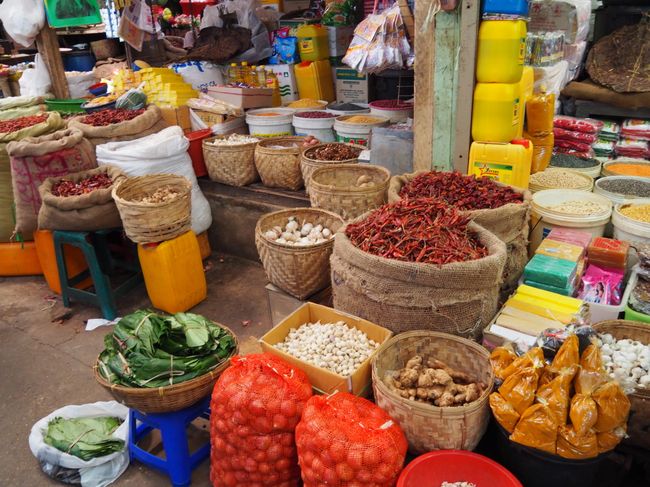
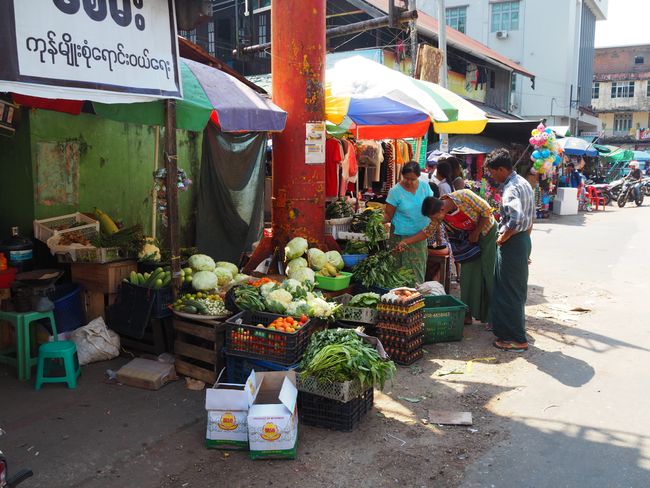
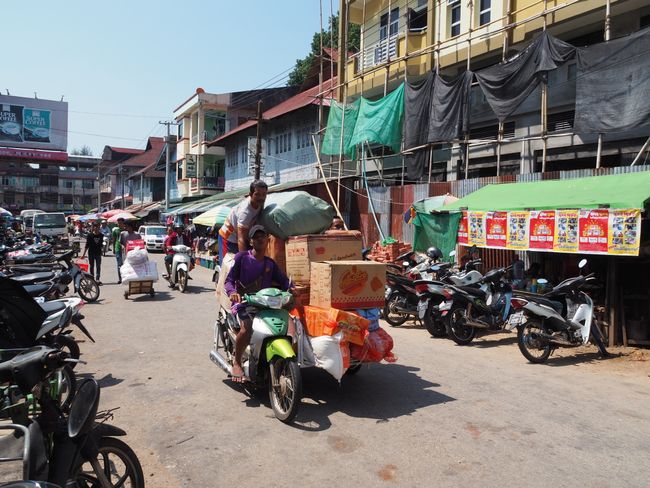
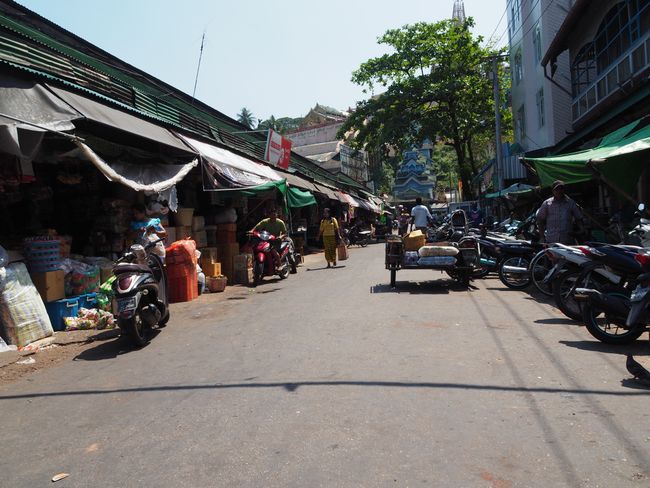
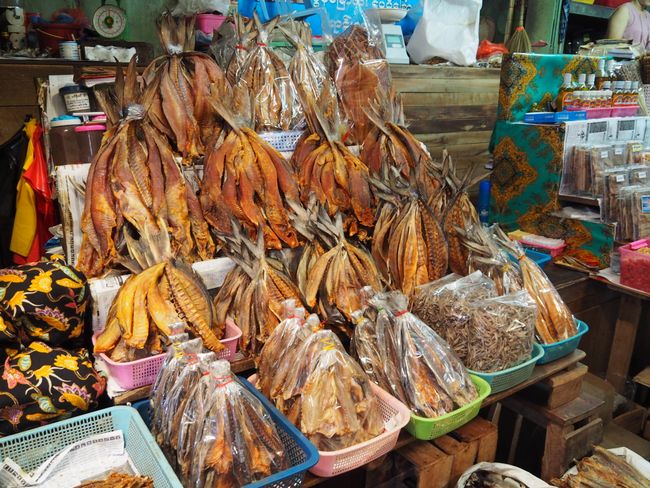
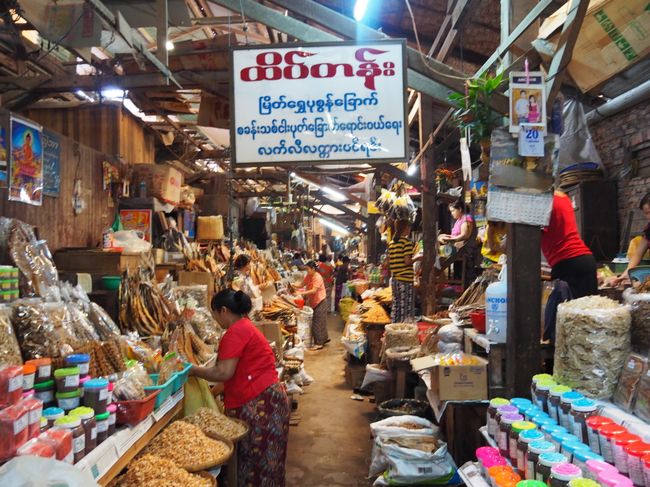
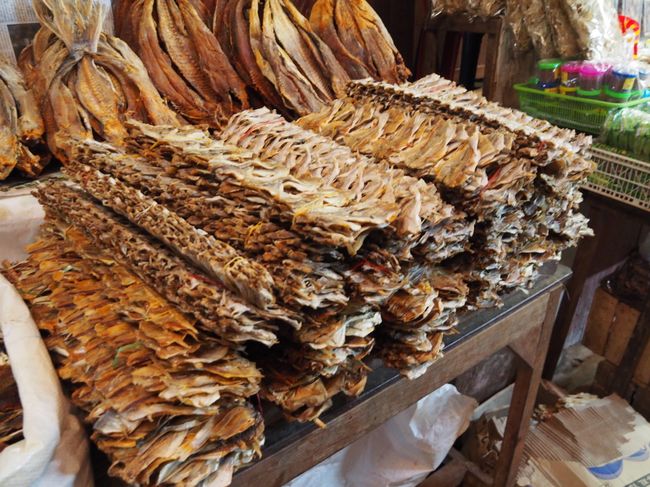
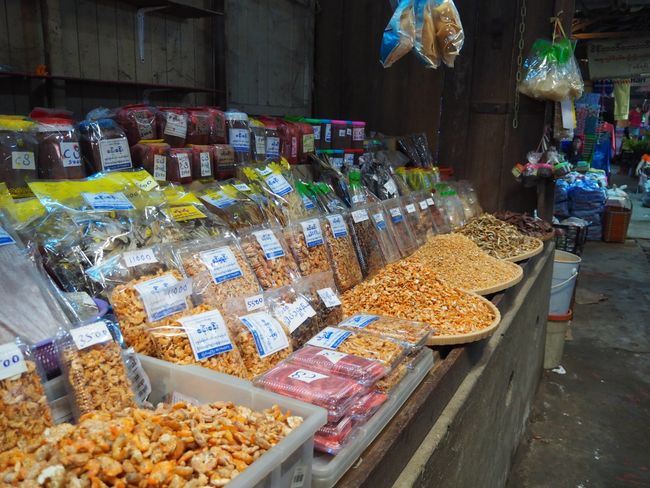
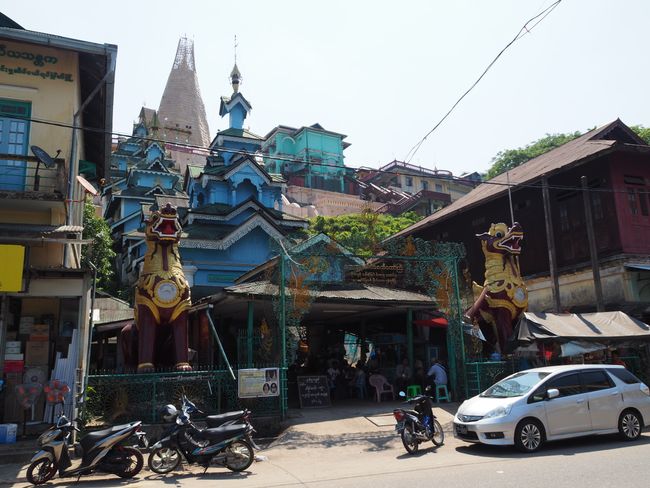
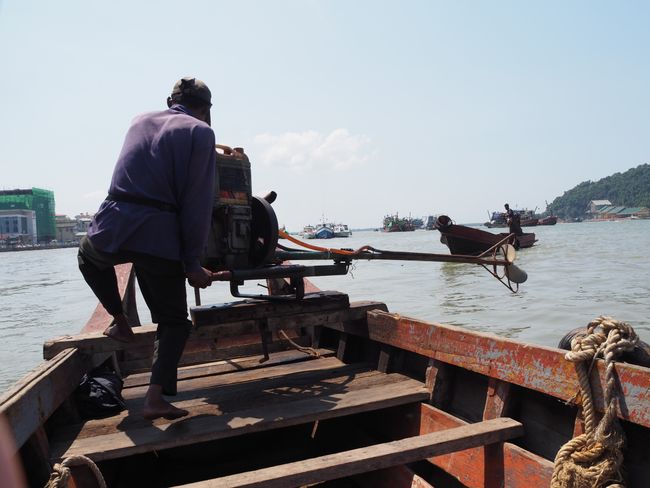
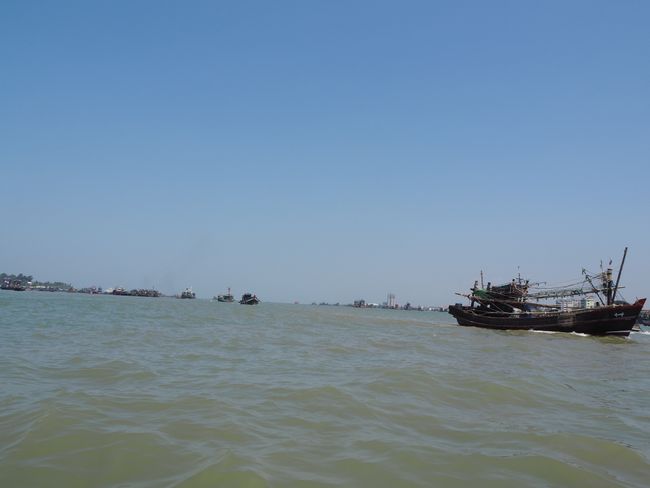
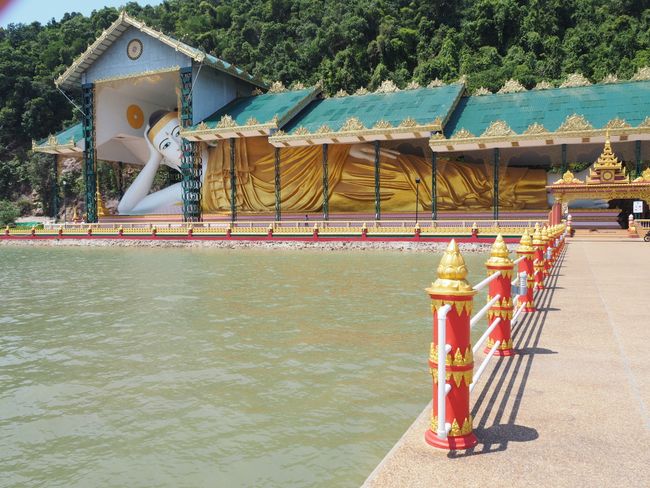
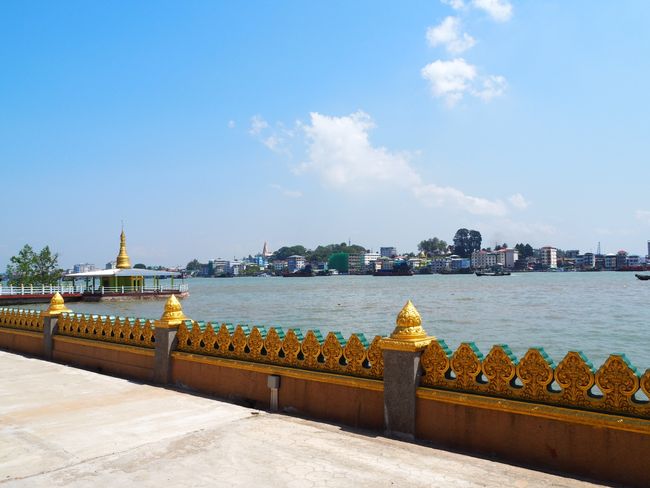
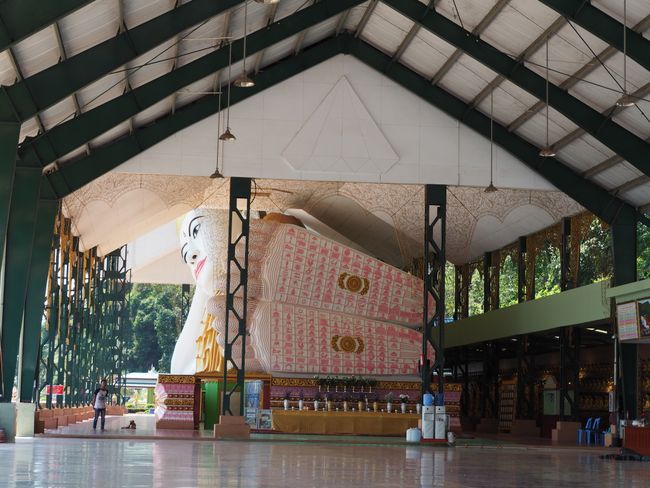
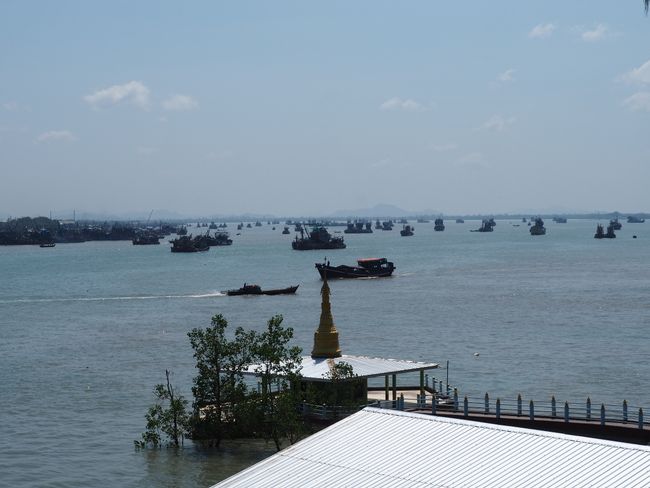
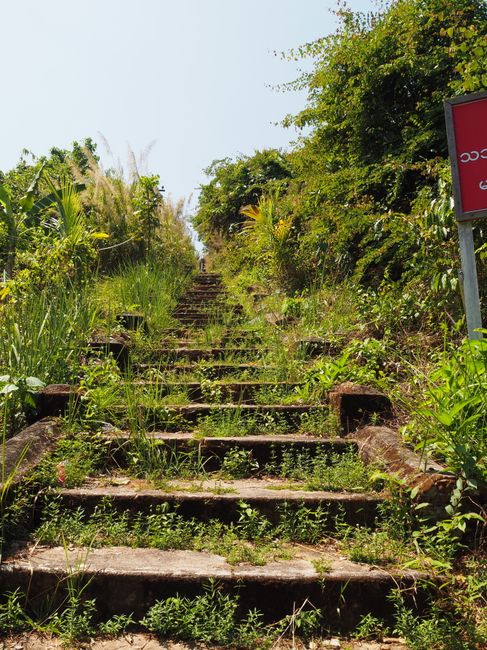
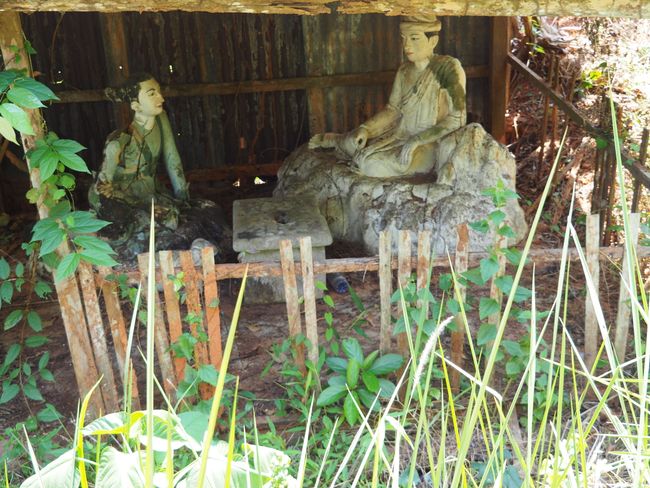
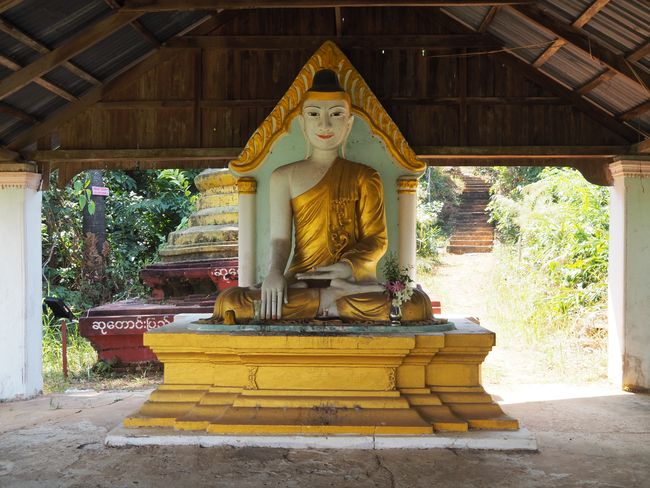
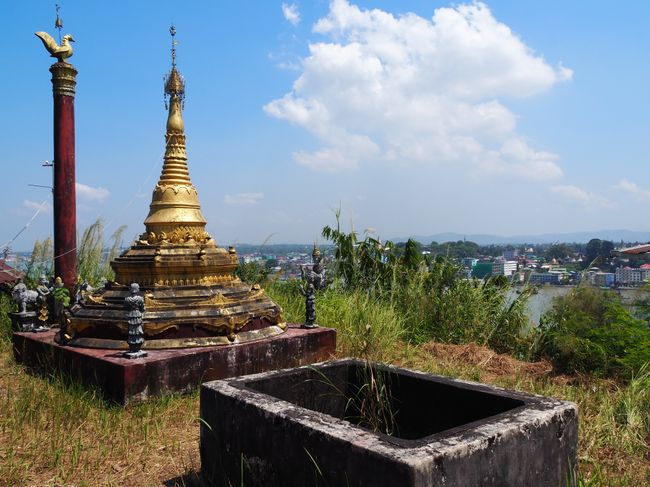
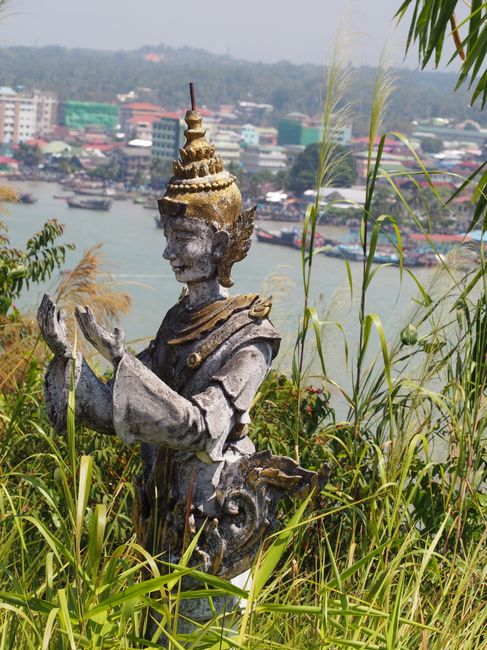
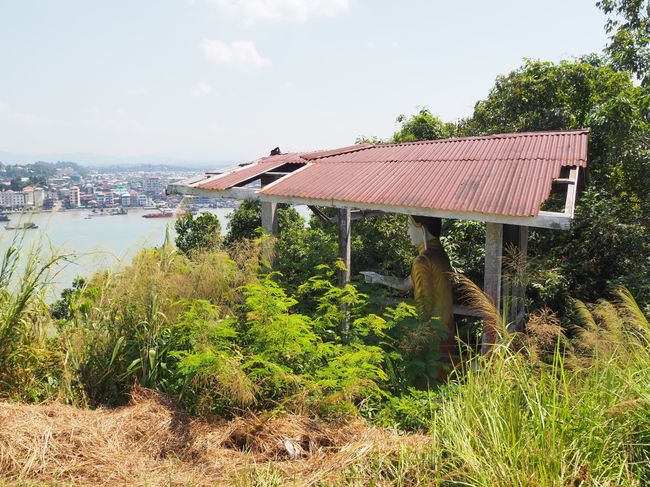
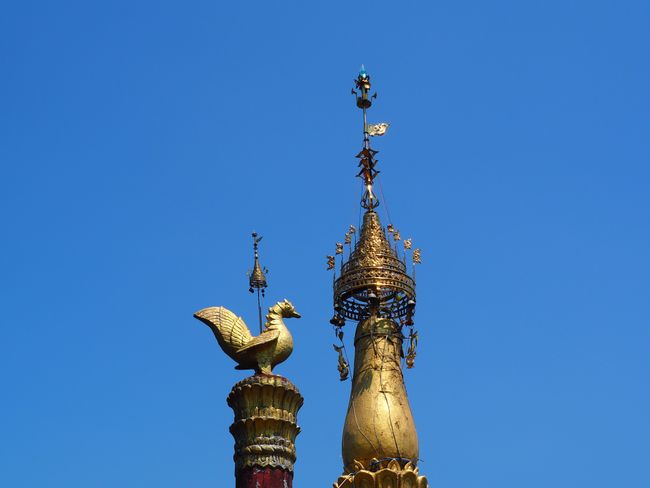
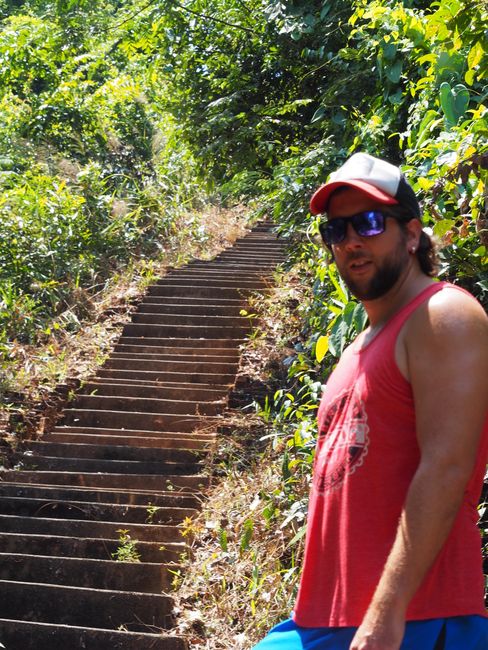
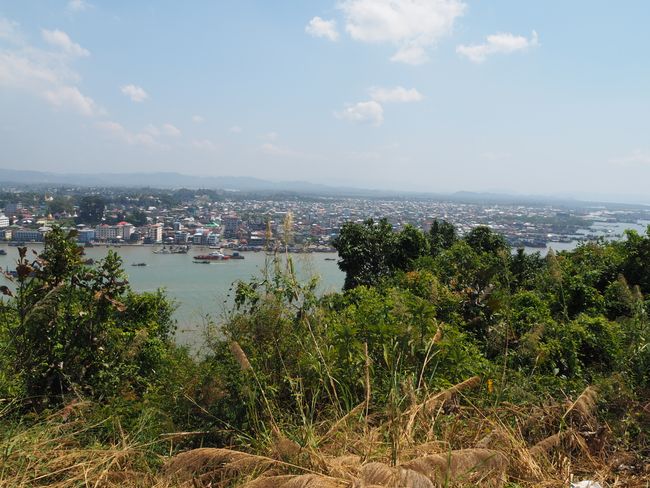
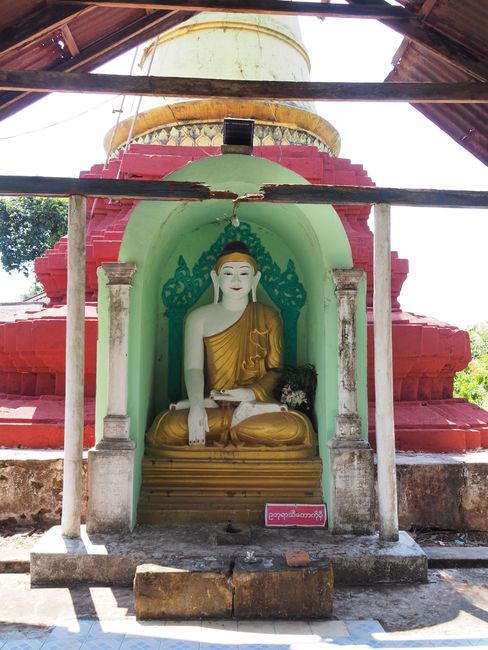
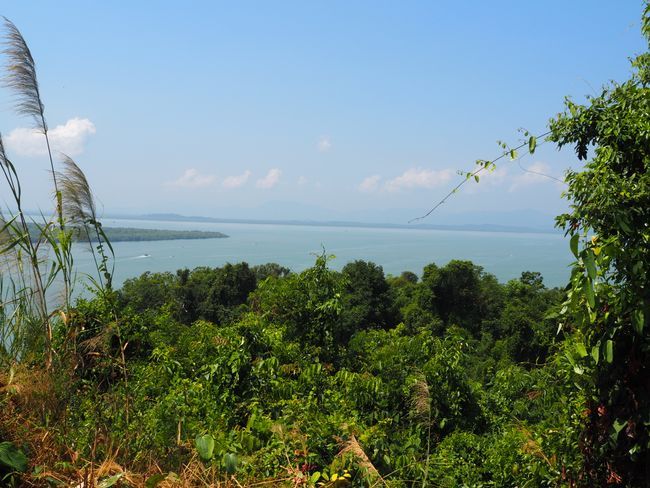
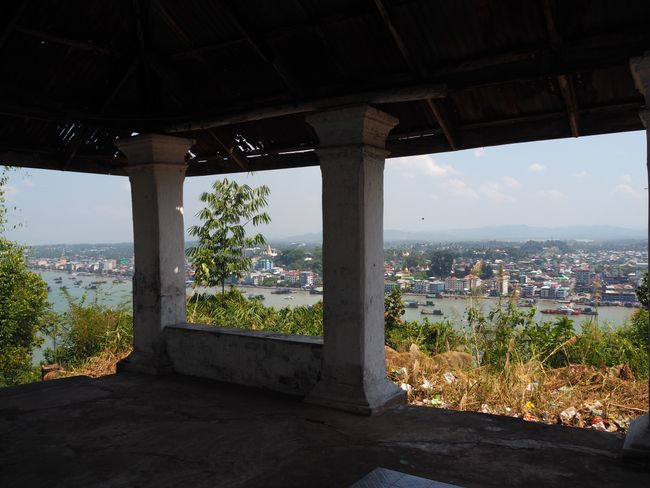
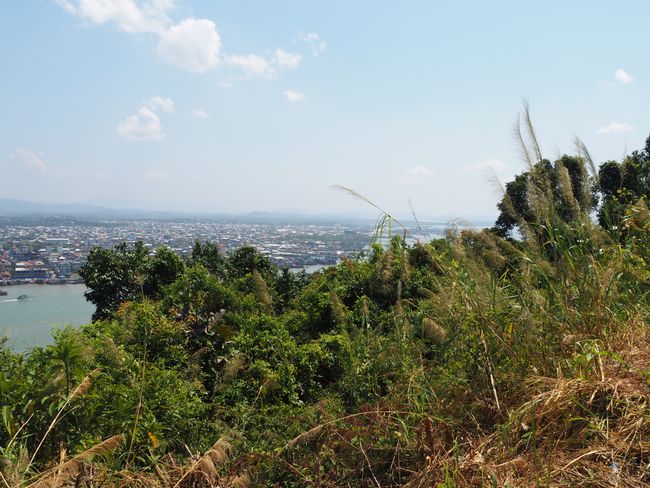
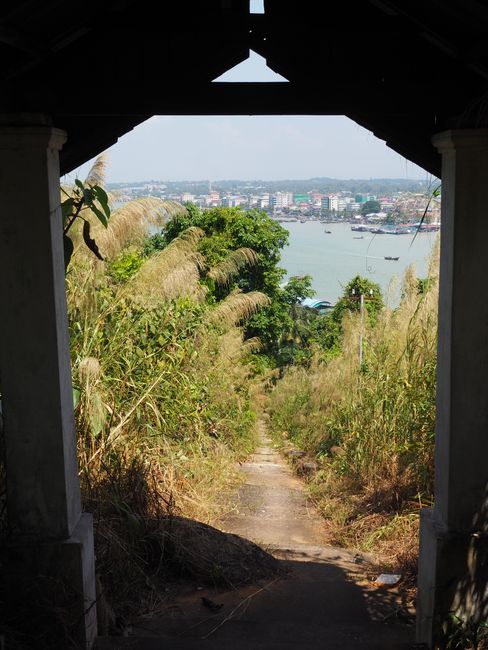
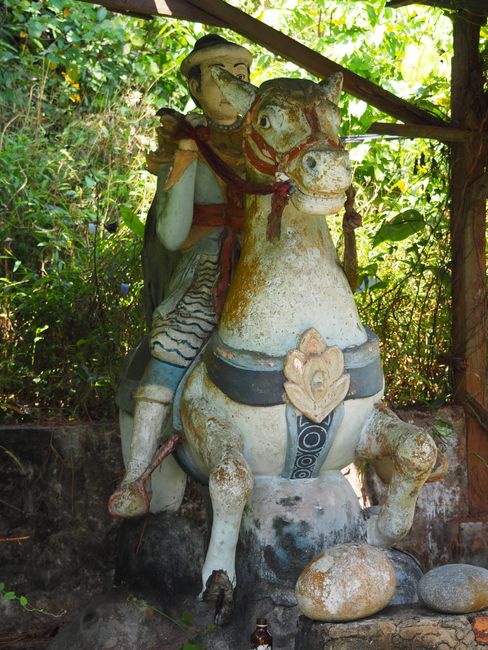
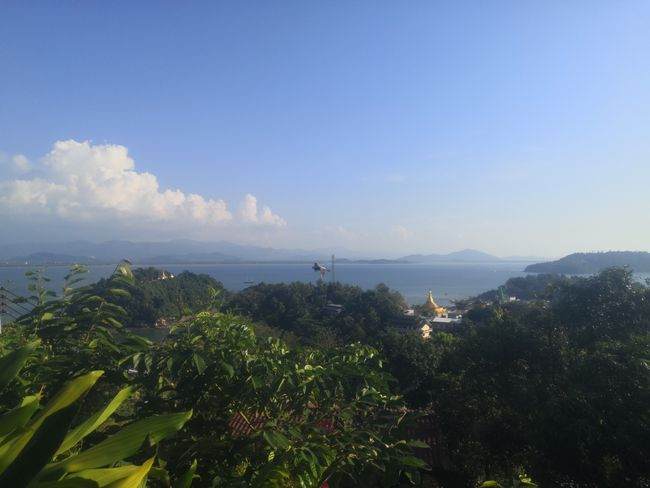
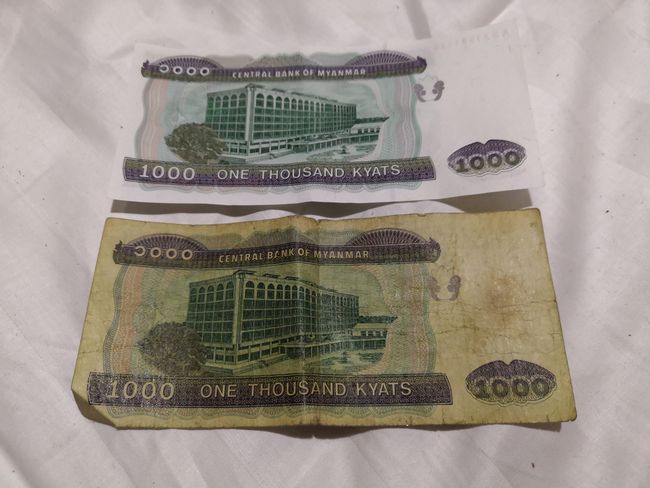
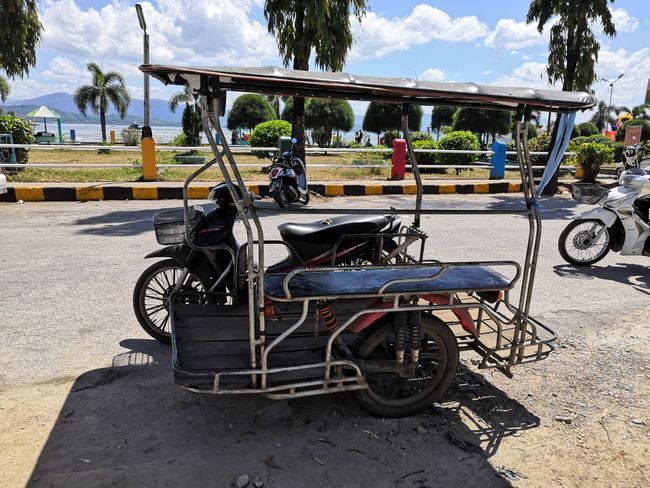
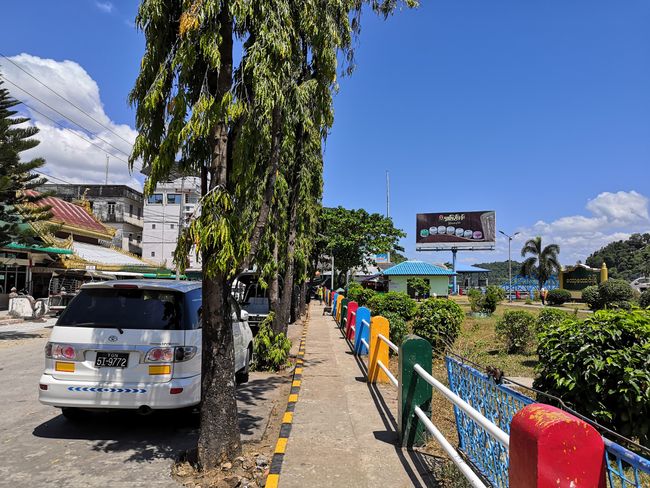
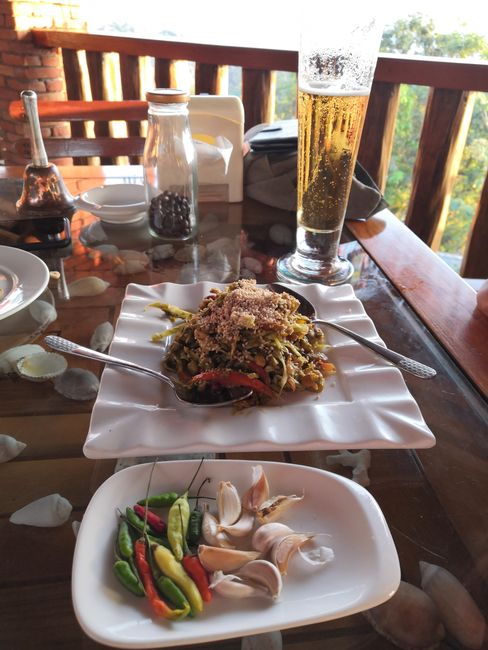
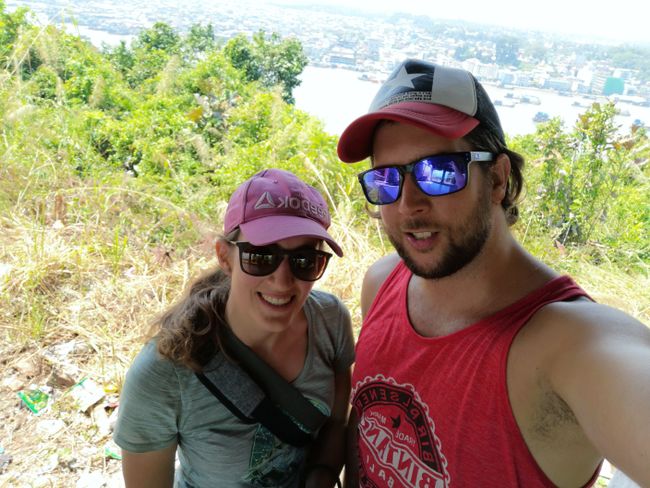
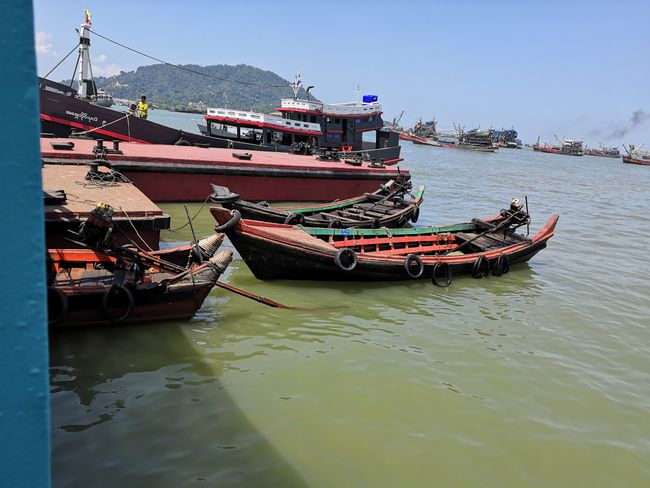
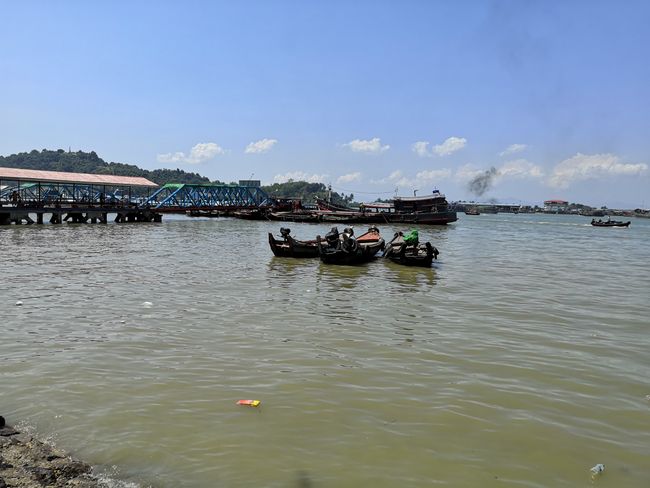
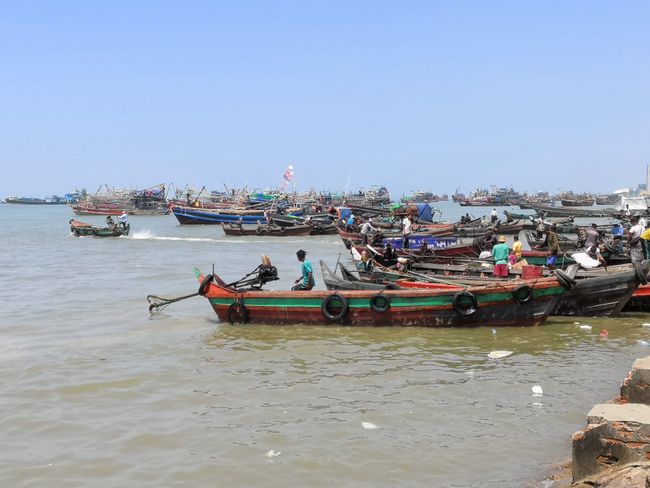
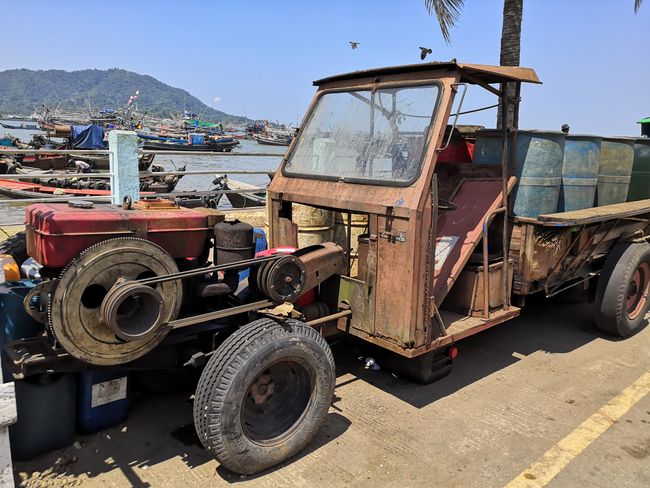
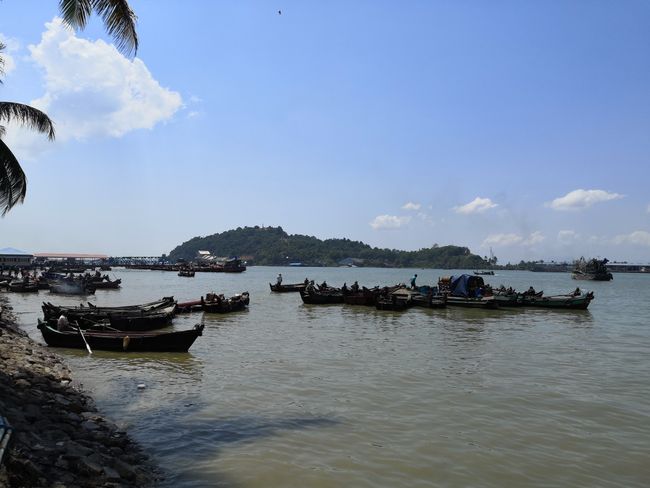
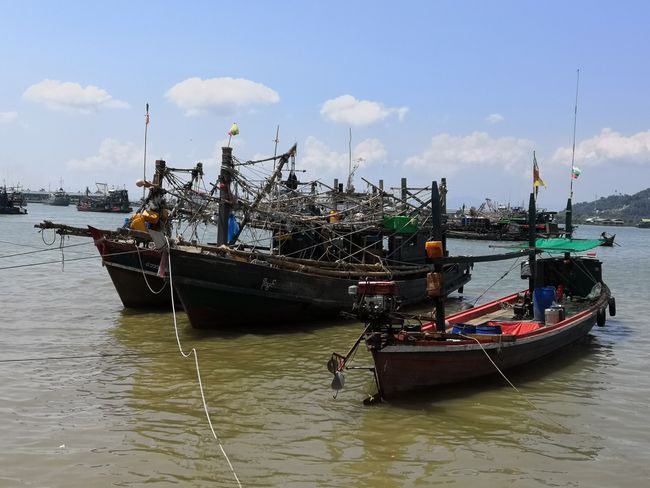
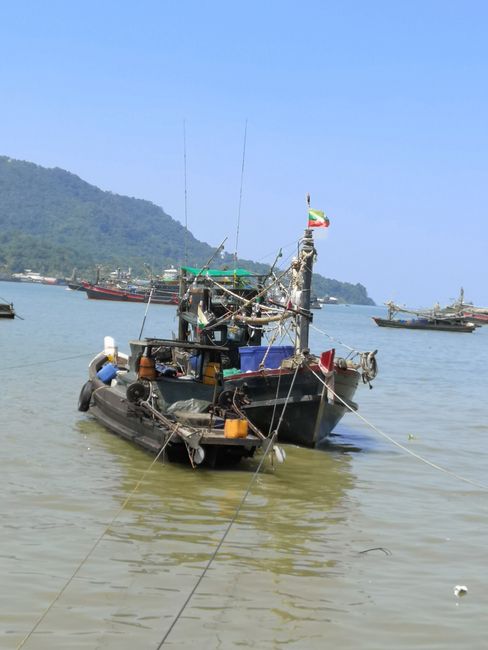
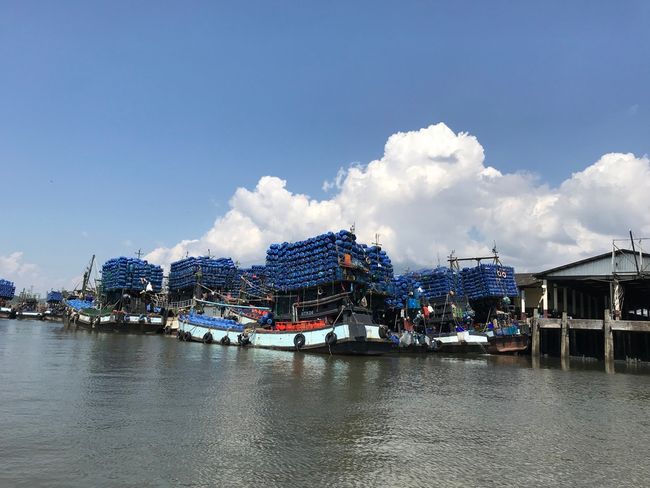
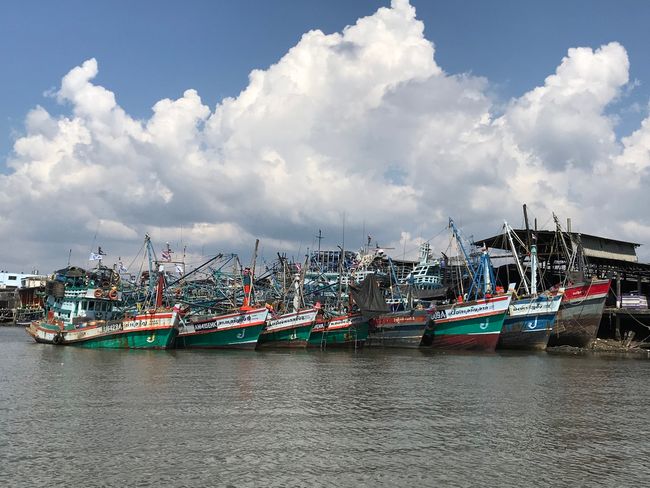
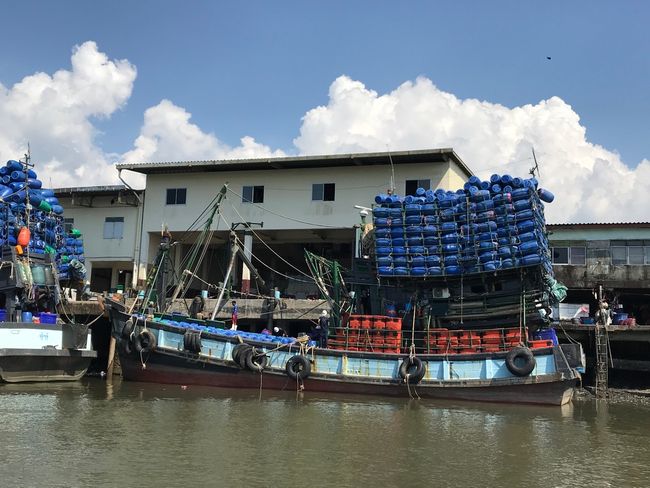
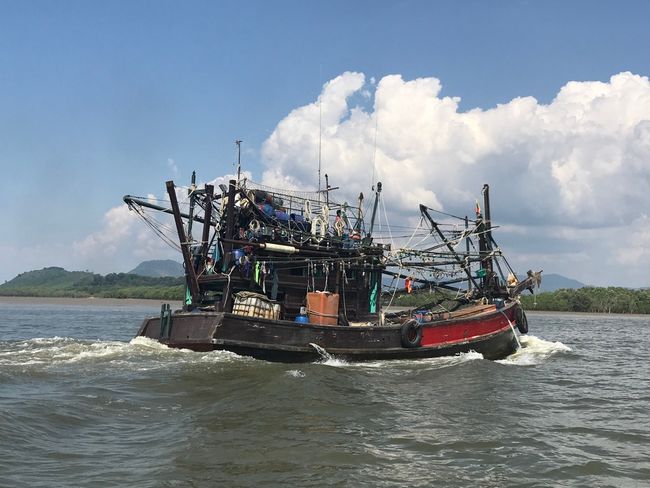
ಸುದ್ದಿಪತ್ರಕ್ಕೆ ಚಂದಾದಾರರಾಗಿ
Entry to Myanmar
From Koh Chang, the ferry took us back to Ranong. We climbed ashore from three other boats - there seems to be no clear order of which boat can dock when. Our boat simply squeezed in between two other fishing boats and pushed them aside. We have rarely experienced such chaos in Asia before.
The plan was to have our last Thai meal at the harbor. But the beastly stench of sewage, sewage, and spoiled fish completely spoiled our appetite. So we went directly to the Thai exit control.
Just a few meters from the counter, we boarded a shared taxi boat to Myanmar after a short price negotiation. What happened here would have been worthy of a movie. Since there is no ticket system for the boats, the boat operators have to recruit their customers or poach each other's. The scene was reminiscent of an Indian bazaar. In addition, no boat has a fixed berth. We were constantly jostled by others. As a result, we each drove a short distance out onto the river, then pushed into the other boats at full speed. This happened about ten times until our boat was finally fully loaded with goods and people.
During the journey, the boat operator took all passports. After about five minutes, the boat stopped in the middle of nowhere and the guy disappeared with all the passports into an immigration office. The Burmese received a stamp on their work visas - our passport was probably only checked. The second brief stop - we didn't land - took place just a few minutes later on the open sea. Our boat slowed down for a minute in front of a small island. There were only two things on the island: a temple and men from the military. Later we were told that this is a military zone in the waters between Myanmar and Thailand. The boats make a stop so that the number of people can be counted. It is difficult to estimate exactly how the counting works. At least we had the impression that the gentlemen from the military were more interested in the card game in front of them than in the passengers on board.
Right upon arrival in Kawthaung, we were able to experience Burmese friendliness for the first time. The boat operator escorted us to the immigration office. When we saw the office, we had to smile. Two officials were sitting on their worn-out chairs in their undershirts in the sparsely furnished little room. The uniform was hanging on a hanger and was probably only worn when the boss is present. But we fully understood them because the room was about 30 degrees Celsius. Only the ceiling fan occasionally brought a (fresh) breeze. The entry was easy and quick. The only thing missing was a copy of the passport. Nowhere on the internet did it mention this. Since the immigration office does not have its own copier, it had to be done at the stand next door (a miscellaneous store with a printer). We still don't understand what the copy is for, because the officials gave it to us for the journey. But since the copies were not expensive, it was not a rip-off. Maybe we will find out the purpose of these documents later...
A young man had helped us with the printer situation. As it turned out, he is a tour guide. We already suspected a tourist trap. Usually, such overly friendly guys don't promise anything good. But he was quite pleasant and accompanied us to a currency exchange office, where we exchanged our baths for a fair price in kyats. He also helped us to get a SIM card. Thanks to his translation, this purchase also went smoothly (the seller didn't speak a word of English). At the same time, we also booked the minibus for the next day's onward journey. We thanked him for his services with a tip.
We took a tuk-tuk to our hotel. The hillside location gave us a fantastic view over the whole city. The room was completely lined with wood and modern. We were particularly thrilled with the rain shower. The only drawback was the extremely hard mattress, which resembled a concrete base rather than a sleeping surface. Including breakfast, the overnight stay only cost us 27 francs.
Bus ride from Kawthaung to Myeik
The next morning, after enjoying our delicious breakfast, we went to the bus stop. The walk took about 15 minutes - we were sweating a lot in over 30 degrees Celsius! The minibus was supposed to leave at 12:00 noon and arrive in Myeik (also known as Mergui and Beik), 250 kilometers away, at 5:00 pm. We bought some snacks and two bottles of water for the journey. Unlike in Thailand, transportation in Myanmar is less punctual and reliable. We left with a delay of about an hour. The minibus was old and without air conditioning, but the windows could be opened. On the way, we picked up a few more people, so the bus was full. Apparently, we were lucky that the bus wasn't overcrowded. A German couple we met later in Dawei told us that instead of 15 people, their minibus sometimes had 24 people. We were also lucky with the driver. He drove with foresight and overtook very sensibly. So far, so good.
After just two hours of driving, it became clear to us that we would never reach Myeik in five hours. The road from Kawthaung to Myeik is mostly paved, but very curvy and rather narrow. We couldn't drive fast on most sections because the driver had to brake in every curve. Due to the winding roads, the first passengers started to vomit after only a few kilometers. With the ongoing journey, the number of airsickness bags also increased. Fortunately, enough air came in through the window to dispel the odor. While some suffered from nausea, paradoxically, we were rather tortured by hunger.
During the 11-hour bus ride - yes, that's how long the journey took in total (!) - we made three stops. Those Burmese who did not get sick from traveling ate hearty meals. We viewed the buffets with skepticism since everything was pre-cooked. It's difficult to estimate how fresh the food really is. We didn't want to take any risks, as it could quickly backfire... For lunch and dinner, we settled for a few mandarins and bananas. When we finally arrived in Myeik at 11:00 pm, all restaurants were already closed. We didn't care. After this exhausting journey, we fell asleep in bed.
First impressions of the land and the people
Despite all the hardships, we do not regret our journey overland in any way. As the southern part of Myanmar has only been open to tourism for a few years, you can still observe the simple and original life of the people here. At first glance, it is clear that the Burmese in this part of the country are very poor. Most of them live in simple wooden huts, most of which consist of only one room. The houses are built on stilts so that they do not flood during the rainy season. The roofs are woven from palm leaves. There is actually only one source of income: palm oil. Palm oil plantations line the way from Kawthaung to Myeik. As far as the eye can see, you can only see palm trees planted in rows. We had already seen some plantations in Malaysia and Thailand. But never on this enormous scale. It became clear to us how catastrophic the ingredient "vegetable oil" is for the environment. On the 250-kilometer stretch, every tree and plant was cut down and uprooted. Grass grows between the planted palms because the palm leaves hardly let in any light. The habitat of thousands of animals has been destroyed. Even if we were to stop using palm oil in the future, the damage already done would be irreparable. An incredibly disheartening fact. We were told that the plantations are owned by two billionaires - the workers can hardly make a living from their wages.
Apart from occasional villages with shopping facilities, the southern part of Myanmar still lacks infrastructure. We only saw a few schools along the way. We couldn't spot a hospital. But there is probably some kind of basic medical care. Despite their poverty, the people seem to be happy. At least they radiate incredible kindness, contentment, and serenity. Traditionally, both women and men wear the longyi (a long wraparound skirt). This gives the already slender Burmese women and men a graceful, elegant, and slim figure. By the way, we didn't see a single overweight person on the entire journey. This is probably also due to the fact that the southern part of Myanmar has not yet come into contact with Western fast food and does not have much financial means. We are curious to see if the picture changes in the tourist centers (Yangon, Mandalay, Bagan, etc.).
Myeik
After the long bus ride, we definitely needed a day off. After breakfast, we took a walk through the market hall. We stood out like colorful dogs. Very few Western tourists stop in Myeik. The hustle and bustle in the market hall was fascinating. The stands are crowded together, and there are different sections: jewelry and gemstones (Myanmar has many natural resources), dried fish, writing utensils and notebooks, clothes, toiletries, fruit and vegetables, toys, etc. The assortment is surprisingly large. Different service providers, such as banks, mechanics, plumbers, etc., can be found in the side streets. However, we did not find a single tourist shop.
We took a small boat for 2000 kyats (CHF 1.30) to a nearby island. There we visited a reclining Buddha. We also climbed to the top of the hill, where several Buddha statues and pagodas are located. The once magnificent statues and buildings are quite run-down. Everything is littered - as it is in many parts of Myanmar. The country has a huge waste problem! Plastic bottles and packaging, in particular, are lying around everywhere.
In the evening, we found a nice restaurant in the area. The short walk through the streets was incredibly exciting. Most Burmese lock their doors with iron bars. Through the bars, we could look directly into the living rooms of the people. Although most apartments have a television, there are practically no furniture. People sit and lie on the hard floor. Of course, a statue of Buddha must not be missing. It must be placed at the highest point - definitely not at ground level. Pointing the feet at Buddha is a serious offense. Also noticeable are the many colonial-era buildings. Myanmar has an interesting and eventful history.
ಸುದ್ದಿಪತ್ರಕ್ಕೆ ಚಂದಾದಾರರಾಗಿ
ಉತ್ತರ
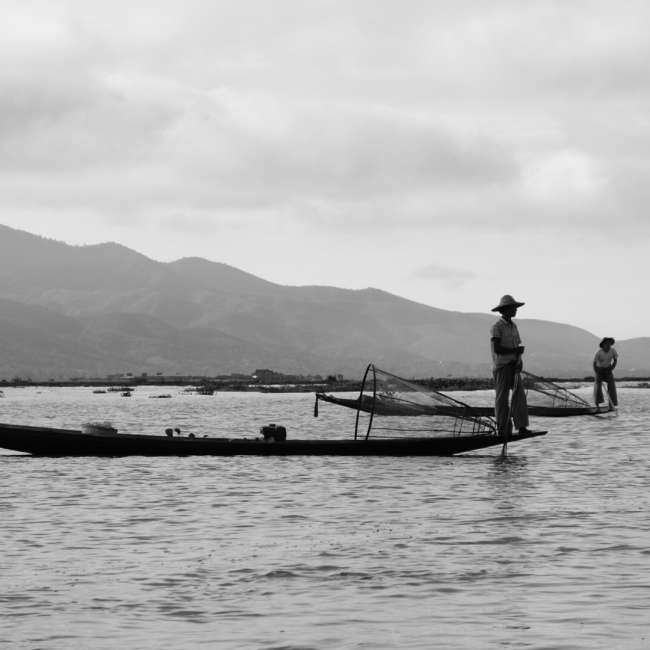
ಪ್ರಯಾಣ ವರದಿಗಳು ಮ್ಯಾನ್ಮಾರ್
